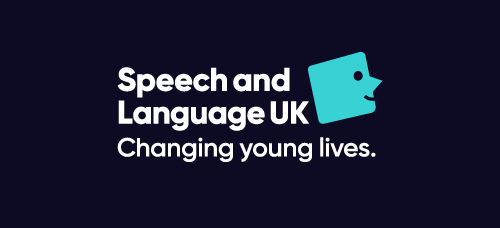The development of the CRIDE survey
BATOD and a range of partners formed a working group to respond to the need for data collection in the area of deaf education. The working group comprised representatives from Heads of Services and Schools for deaf children and young people, voluntary bodies including the NDCS and Universities involved in the education of deaf children. We are all united in our common belief that effective collection of information concerning the provision for deaf children and young people and the outcomes for such young people is essential to the profession. This view has been supported in consultations with Heads of Schools and Services and at a range of meetings across the UK.
During 2007 the working group took the ‘provision’ section of the former BATOD survey and converted this into an on-line questionnaire.
Although much of the information was similar to that collected previously, a number of the questions have been updated to reflect changes in education and to recognise the different arrangements in each country within the UK. The on-line survey has been piloted and was ready for completion early in 2008.
As before, there are questionnaires for the head of school or service (giving details about their service or establishment) and then an individual questionnaire for each member of staff. Only the head of the school and service will complete the questionnaires re the establishment and pupil numbers. Each member of staff should complete either the teacher or support staff form. There is an additional, optional question about research. Any individual pupil data was not sought at this point however the survey working group continued to work on pupil outcomes using the web-based data collection system.
The survey allowed different levels of access according to the person completing it. On reaching the home page of the website the log in process required registration initially. A link on provided a user name and password which could be used on any subsequent visit as it is not essential to complete the form on the first visit and could be completed later. The details collected should be the same as those provided for the the ‘census date’ which was January 17th 2008, the same date for which data had already been submitted to the DCSF.
The Survey working group stressed how essential it was that there was a 100% return. This will make it possible to carry out detailed and robust analysis of the data in order to support benchmarking and other activity and to lobby to protect the profession and secure positive outcomes for deaf children and young people. It was hoped that everyone would find that the on-line system is a more accessible way of providing information about education for deaf children and young people in the UK and the survey will be as comprehnsive as possible.
Unfortunately, there again appears to have been a low response rate due to a number of factors which combined to make it difficult for some who have tried to return the survey either to access or complete the questionnaires. These factors included technical hitches, the ambiguity of some questions, insufficient reflection of national variation and a lack of understanding that individual staff responses were required. It also became clear early on in the year that more robust arrangements were needed in terms of rapid responses to queries raised and ongoing maintenance of the survey.
At their June Conference in Birmingham (2008), the Heads of Sensory Services again supported the need for the survey and endorsed our proposal to persevere with this work. The importance of effective data was alluded to in all the presentations, in a broad-ranging agenda. Colleagues working with visually impaired and multi-sensory impaired children and young people also expressed a commitment to work with us.
Consequently, at a recent meeting of the CRIDE survey group, it was decided to draw a line under the survey for 2008 and to treat it as a very informative pilot. There was clearly plenty to learn from the process. For the remainder of this year efforts concentrate on addressing the issues highlighted, producing findings to share with colleagues and preparing for a 2009 survey.
In retrospect, the attempt to gain the individual teacher and support staff information at this stage was rather too ambitious. In the first instance it was agreed to focus on the essential information required from heads of schools and services. This information was communicated to all schools and services through mailings, email forums and the website. All members to encouraged to ensure that their school/authority was aware of the situation and would expect the revised survey in the January 2009. Analysed the responses were reported on some of the information obtained from the 2008.
The South East Region Sensory Impaired Partnership (SESIP) has also identified data collection as a priority for its work this year. Consequently the working group and SESIP joined forces in an attempt to find an effective process.
The Consortium for Research into Deaf Education working group met in July 2009 to discuss the next steps in the development of its survey of the provision and attainments of deaf children and young people in the UK (the successor to the BATOD survey). During the meeting the Group discussed the fact that the NDCS had recently carried out a survey requesting information very similar to that which CRIDE intended to request. It was decided that the group should, in September, consider the range of this data carefully before proceeding with its own survey. This would avoid any duplication and thus relieve pressure on Heads of Services. It would then allow CRIDE to ask a much shorter series of questions in early 2010 to fill any gaps and thus complete the picture of provision for deaf children and young people in the UK before moving on to the more complex work of gathering attainment data.



